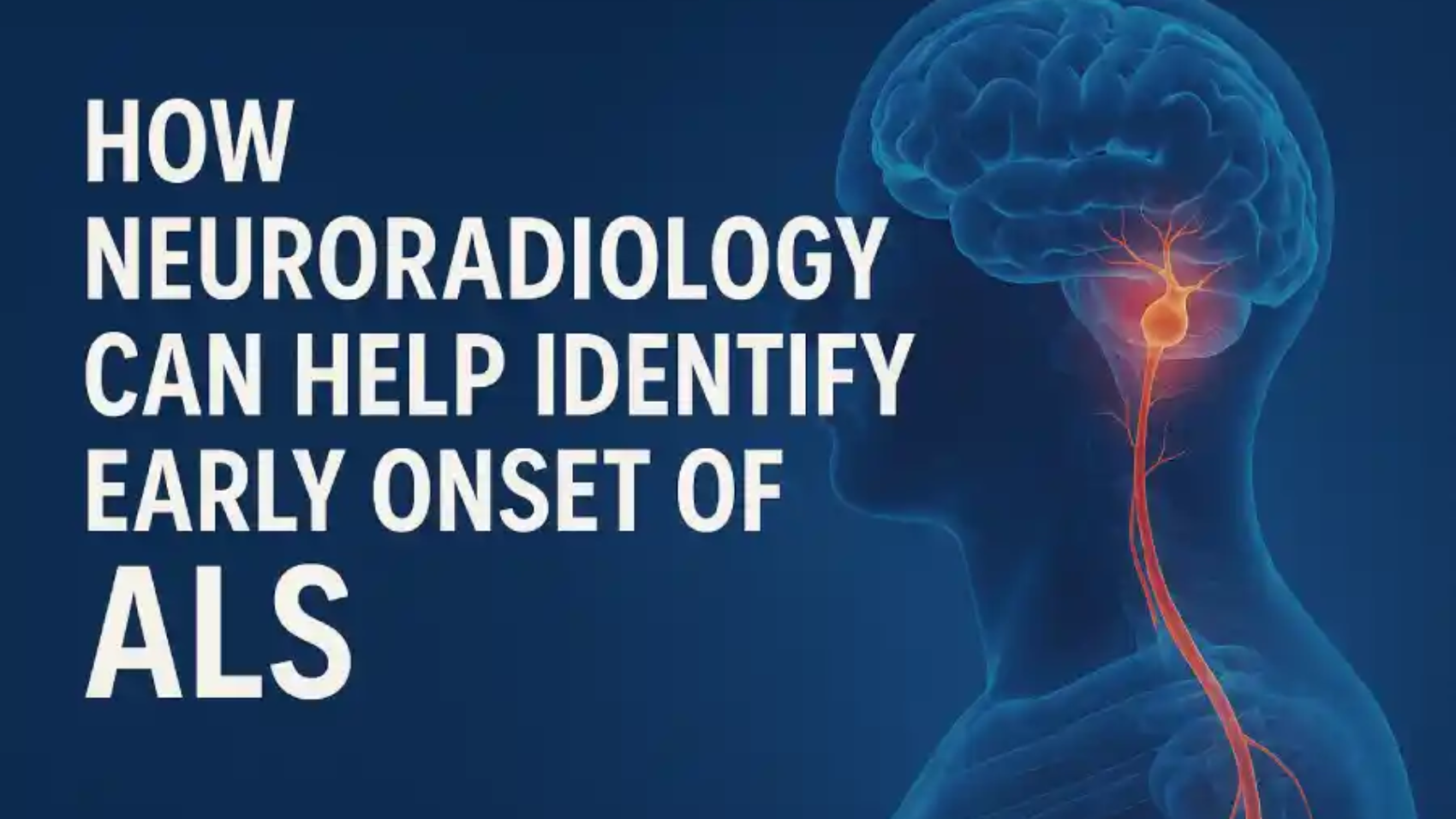Neuroradiology utilizes sophisticated imaging technologies to examine the nervous system. Medical imaging plays a key role in identifying complex neurological conditions, including amyotrophic lateral sclerosis (ALS), a progressive neurodegenerative disease. Here is more information on neuroradiology, the services it offers, what ALS is, and how this specialized field contributes to early diagnosis and identification:
What Is Neuroradiology?
Neuroradiology is a subspecialty of radiology focused on diagnosing and treating conditions affecting the brain, spinal cord, and peripheral nerves. It employs imaging technologies such as magnetic resonance imaging (MRI), computed tomography (CT), cerebral angiography, and myelography. These tools enable detailed examination of neurological structures, aiding in the evaluation of various conditions, including trauma, tumors, and neurodegenerative diseases. The discipline integrates imaging with clinical neuroanatomy and pathology to provide precise insights.
See Also: Why a Dermatologist’s Expertise Is Vital for Skin Cancer Prevention
What Services Are Offered?
Neuroradiology offers a wide range of diagnostic and interventional services designed to address neurological conditions. MRI scans provide high-resolution visuals of soft tissues to detect abnormalities in the brain and spinal cord. CT scans are effective for identifying structural changes such as lesions or hemorrhages.
Cerebral angiography is a diagnostic procedure that uses contrast dye and X-rays to visualize blood vessels in the brain, helping detect abnormalities like aneurysms or blockages. Myelography involves injecting contrast dye into the spinal canal to assess spinal cord structures and identify issues such as herniated discs or spinal injuries. By combining advanced imaging techniques with precise interventions, neuroradiology enables accurate diagnoses and tailored treatment plans, helping to improve outcomes for patients with neurological conditions.
What Is ALS?
Amyotrophic lateral sclerosis (ALS) is a progressive neurological disorder that primarily affects motor neurons, the nerve cells responsible for transmitting signals from the brain and spinal cord to voluntary muscles. Over time, these neurons degenerate, leading to muscle weakness, loss of function, and eventual paralysis. The exact cause of ALS remains unknown, but it may involve both genetic and environmental factors.
Early symptoms can include subtle muscle twitches, limb fatigue, or difficulties with speech or swallowing. These signs may overlap with other conditions, complicating diagnosis. There is currently no cure for ALS, but early identification and intervention can impact disease management strategies.
How Can Neuroradiology Help?
Neuroradiology offers tools for examining the structural and functional integrity of the central nervous system, facilitating the identification of early indicators of ALS. Although ALS does not have a singular biomarker for detection, imaging helps clinicians assess anatomical and metabolic changes associated with the disease. MRI techniques can detect microstructural abnormalities in the brain’s white matter. These changes may correspond to degeneration in motor neuron pathways, a hallmark of ALS progression.
An MRI may also reveal cortical thinning in motor regions of the brain. This structural reduction can align with early ALS symptoms. Neuroradiological techniques provide clinicians with evidence of systemic changes consistent with ALS. Imaging methods also help to rule out other conditions with overlapping features.
Identify ALS Now
Timely recognition of ALS helps improve care and adapt treatment plans. Neuroradiology complements traditional diagnostic methods by providing detailed insights into neurological structure and function. Through tools such as advanced MRI, neuroradiology can identify subtle neurological changes and lay the groundwork for further assessment. If you are experiencing symptoms that may be indicative of ALS, consult an imaging specialist now.

